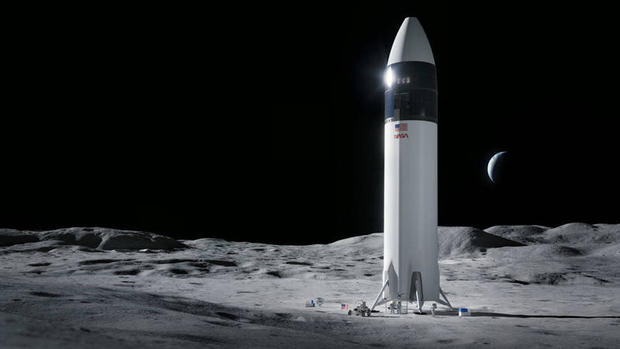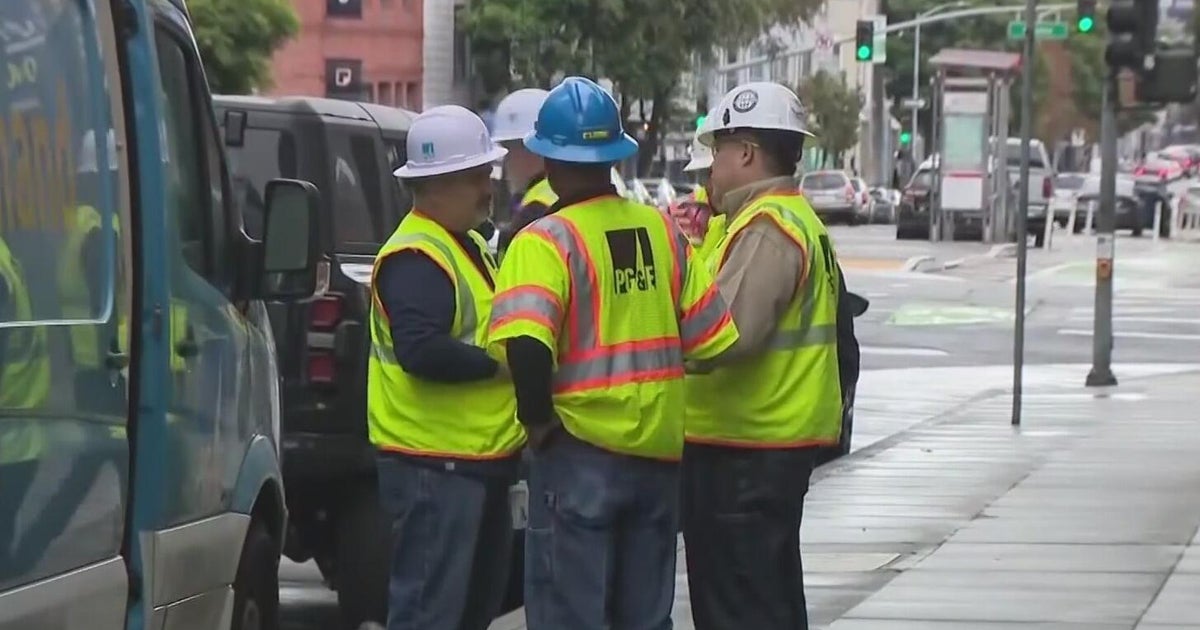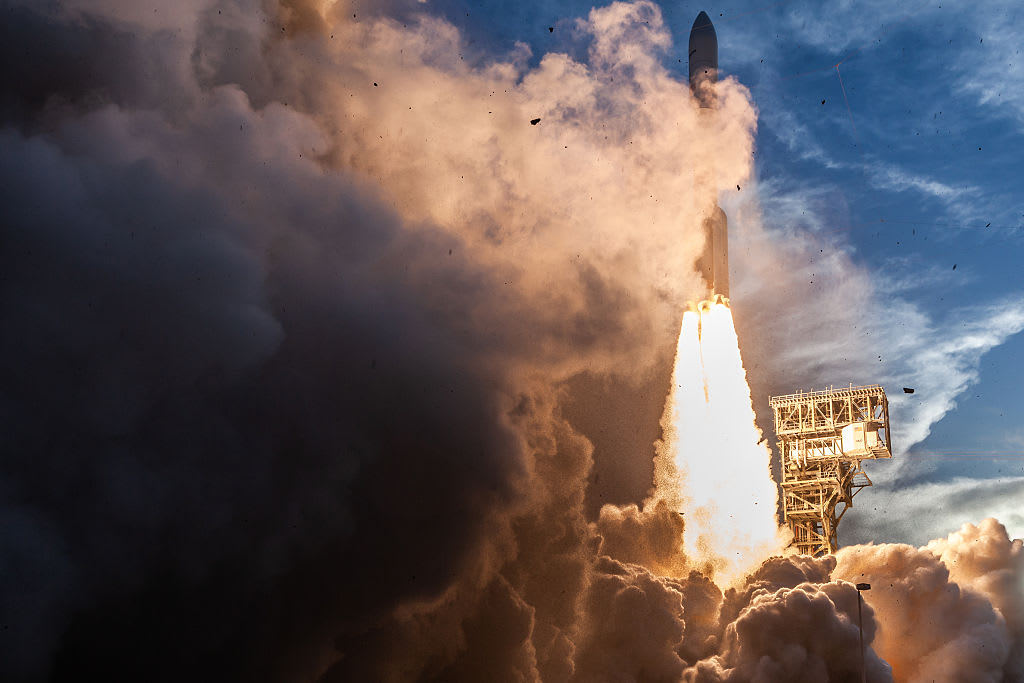NASA manager "concerned" about SpaceX path to Artemis astronaut moon landing
NASA continues to target the end of 2025 for the first Artemis astronaut moon landing, but SpaceX faces a daunting number of test flights with its Super Heavy rocket and Starship lunar lander between now and then, raising concerns the flight "probably" will slip into 2026, a top NASA manager says.
With the Artemis 3 moon landing mission two-and-a-half years away, SpaceX has launched just one integrated Super Heavy/Starship rocket, and that flight self-destructed before reaching space. The company is gearing up for a second test flight, but it's not yet known when that might occur.
"I get a lot of questions, will you make the (moon landing) date? Well, they need to get flying before we can get any kind of assessment," Jim Free, NASA's chief of exploration systems development, told the Aeronautics and Space Engineering Board of the National Academies during a meeting Wednesday.
"They have a significant number of launches to go," he said. "And that, of course, gives me concern about the December of 2025 date."
NASA's Artemis program is aimed at returning astronauts to the moon with landings near the lunar south pole where deposits of ice might be present in permanently shadowed craters. Along with possibly using ice to produce air, water and rocket propellants, NASA sees Artemis as a critical testing ground before eventual flights to Mars.
The space agency launched its first Artemis mission last year, sending an unpiloted Orion capsule around the moon and back in the maiden flight of the Space Launch System heavy-lift rocket. The Artemis 2 mission, sending three NASA astronauts and a Canadian flier on a similar around-the-moon shakedown flight, is targeted for late next year.
The Artemis 3 mission, tentatively scheduled for launch in December 2025, will carry astronauts to the lunar surface. They will fly to the moon in an Orion capsule launched by an SLS rocket and dock with SpaceX's Human Landing System, or HLS, a variant of the Starship upper stage launched atop the company's Super Heavy booster.
Two astronauts will board the HLS for the flight down to the surface, leaving two fellow astronauts behind in lunar orbit. After a week or so of exploration, the HLS will carry the moonwalkers back to the Orion where they'll rejoin their crewmates for the trip back to Earth.
SpaceX is under contract to NASA to carry out an unpiloted lunar landing test flight to clear the way for the Artemis 3 mission.
But the Starship lander will burn up much of its propellant reaching low-Earth orbit, and multiple Super Heavy/Starship flights will be needed to re-fill its tanks before the spacecraft can head for the moon.
SpaceX has not revealed how many Starship tanker flights might be needed or details about the robotic refueling process to transfer thousands of gallons of ultra-cold liquids from one vehicle to another in low-Earth orbit.
"SpaceX is on contract to do an uncrewed lander," Free said. "One milestone before that is the ship-to-ship cryogenic propellant transfer. We're delaying our CDR (critical design review) until they complete that. And then they have to just get flying. So when you step back and you look at (it), that's a lot of launches to get those missions done."
The Super Heavy/Starship is more than twice as powerful as NASA's SLS, generating 16 million pounds of thrust at liftoff with 33 company-designed Raptor engines burning methane and liquid oxygen. The Starship upper stage is equipped with six Raptors.
The rocket blasted off for the first time on April 20 but quickly ran into problems. A half dozen of the booster's first-stage engines either did not fire or shut down early. The booster and Starship upper stage failed to separate and the vehicle's self-destruct system was triggered well before reaching the threshold of space.
SpaceX founder Elon Musk told reporters later the issues would be resolved and addressed before a second orbital attempt in the next month or so. But it's not known how many flights of the giant rocket will be needed before the landing demonstration mission and then for Artemis 3.
"We just got a schedule update from them last week," Free said. "My expectation is they're going to deliver. ... But the fact is, if they're not flying on the time they said, it's no good if we have a firm-fixed-price contract other than we're not paying more."
He said the schedule between now and the December 2025 target date for Artemis 3 is "really concerning. So, you can think about that slipping probably into '26."







